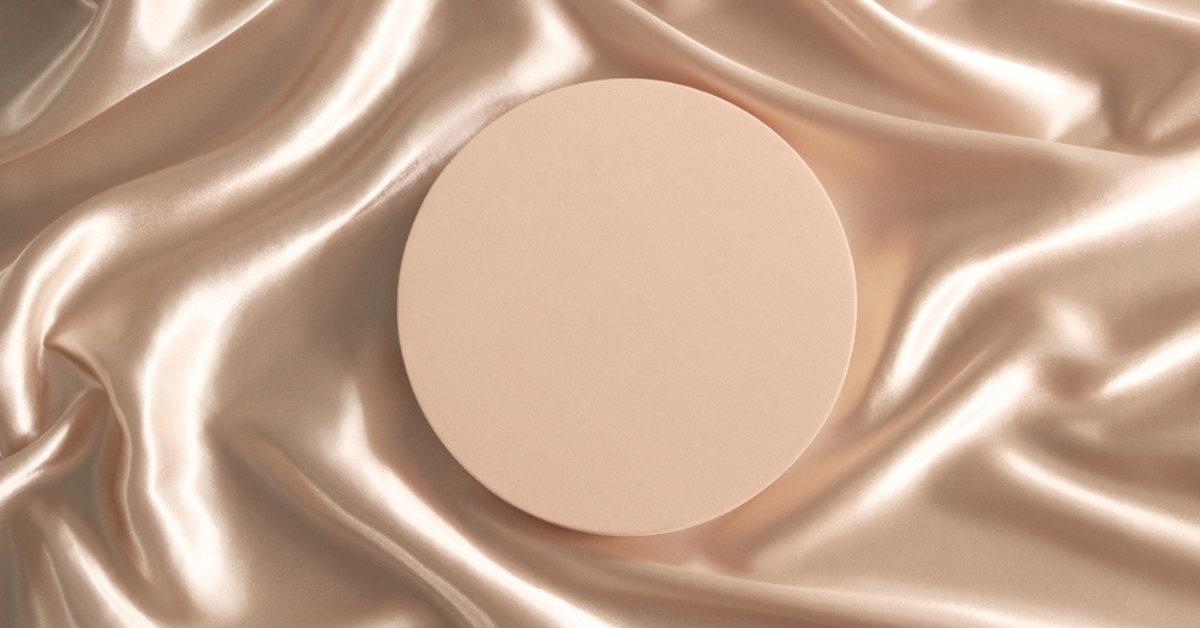
Drapery Fabric 101: Everything You Need to Know Before Buying
Drapery fabric can make your room feel special. It adds style and coziness. It’s like giving your windows a big hug! But picking the right drapery fabric can feel tricky. There are so many choices! Don’t stress. This guide explains everything about drapery fabric in simple steps.
What Is Drapery Fabric?
Curtains and drapes are made of what is known as drapery fabric. It shades your windows to keep out the light, provide privacy, or simply be dashing. You will get it in various colors and textures of all kinds. Certain materials are transparent and thin. Others are thick and heavy. Your choice depends on what you want for your room.
Drapery fabric does two jobs. It’s practical and beautiful. It can keep out sunlight or make your home feel warm. Curious about what is wall upholstery? It’s when you cover walls with fabric for a soft, luxurious look, often using similar drapery materials. Let’s find out which fabric works for you!
Types of Drapery Fabrics
There are lots of drapery fabrics. Each one is different. Here’s a quick look at the most popular ones.
- Cotton
Cotton is super common and easy to clean. It suits perfectly in your house or kitchen. Cotton allows a little light through and thus is not ideal in dark rooms.
- Linen
Linen feels light and fresh. It’s great for a bright, airy vibe. Linen drapes let soft light in, making rooms feel calm. They wrinkle easily, though. Use them in places like dining rooms where they won’t get messy.
- Silk
Silk looks fancy. It’s smooth and shiny, perfect for special rooms. Silk reflects light in a pretty way. But it’s delicate and needs gentle care. It is fantastic in bedrooms when you need a little luxury.
- Polyester
Polyester is cheap, yet durable. And it does not wrinkle or fade quickly. It’s awesome for sunny rooms or homes with kids. You can find polyester in tons of styles to match your decor.
- Velvet
Velvet is thick and cozy. It blocks light and keeps rooms warm. It’s perfect for private spaces like bedrooms or movie rooms. Velvet feels rich but can cost more. It’s a bold pick!
- Sheer Fabrics
Sheer fabrics, like chiffon, are super light. They let in lots of light for a soft, dreamy look. They lack much privacy, though. Combine with heavier drapes, and you have the best of both worlds.
How to Choose Drapery Fabric
It is easier to select drapery fabric when you know what options you should take into account. Let’s go through the main things.
- Light Control
How much light do you desire? Sheer fabrics allow tons of light, best in bright kitchens. Velvet, a thick fabric, also blocks light, which is ideal in bedrooms. Want both? Layer sheer and heavy fabrics together.
- Privacy
In some rooms, privacy is an issue. When the material is sheer, there is very little concealed, so it is more of a decoration. Thicker fabrics like cotton or velvet keep things private. Use them in bedrooms or bathrooms.
- Weather
Your house location counts. Light-weight materials such as linen keep the places cool in hot, humid environments. In cold areas, velvet helps keep warmth in. Valley Drapery & Upholstery’s blog mentions picking durable fabrics for humid climates, which is a smart tip.
- Style
Your home’s look sets the mood. Modern homes love sleek fabrics like polyester or linen. Traditional rooms shine with silk or velvet. Look at your furniture to pick a fabric that feels right.
- Cleaning
Some fabrics are easy to clean. A quick wash can be done on cotton and polyester. Silk and velvet require special handling, which may prove to be expensive. Consider the amount of cleaning you would be willing to do.
Drapery Lining Fabric: Why It’s Important
Drapery lining fabric is a hidden helper. It’s an extra layer behind your drapes. It adds weight and makes them hang nicely. It also protects the main fabric from sun damage and helps with insulation. For example, blackout lining keeps rooms super dark. It’s great for bedrooms. Lining makes your drapes last longer and look better. Don’t skip it!
Measuring for Drapery Fabric
Measuring right is super important. Bad measurements make drapes look weird or leave gaps. Here’s how to do it, inspired by Valley Drapery & Upholstery’s Ripplefold drapes tips.
- Width: Measure your window’s width. Add 4-8 inches on each side for a full look. To have additional gathers, multiply it by 1.5 or 2.
- Length: Choose the length where the drapes are supposed to fall. Measure from the curtain rod down. Add a bit for hems.
- Hardware: Measure from the top of your rod or track. For Ripplefold drapes, install the track first.
- Check Again: Measure twice. Custom drapes cost a lot, so don’t mess them up.
Not sure? Search for “drapery fabric stores near me.” Many offer measuring help. It’s worth it to get it perfect.
Wrapping Up Drapery Fabric
Selecting drapery fabric is quite simple. It is everything that makes your space feel like you. No matter if you adore the fresh feel of linen or the snuggly hug of velvet, there’s a material that will be your best fit ever. The drapery lining fabric should not be overlooked to make your curtains continue to look great for years. When you have the proper drapery fabric, it will make your windows look fantastic, and the room feel like home.